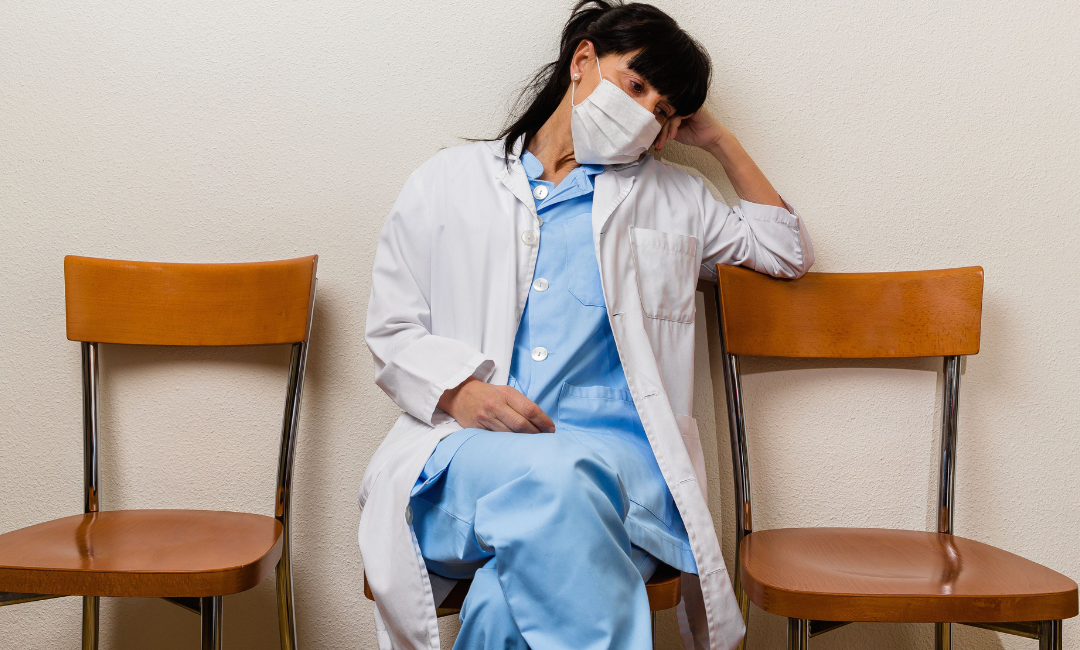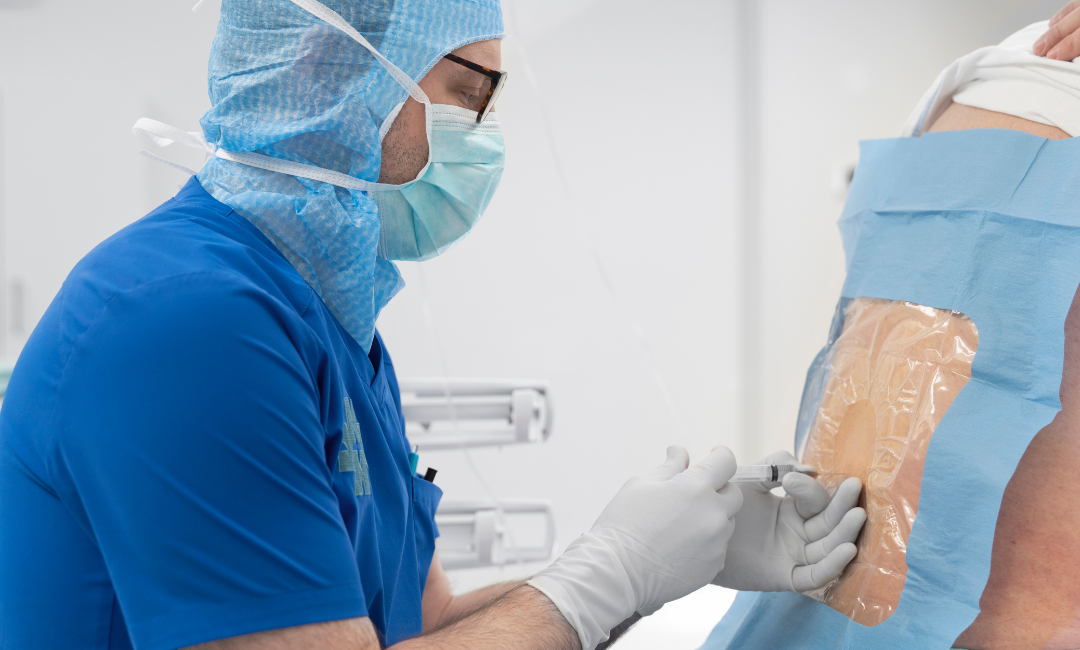How to Recognize Binge-Eating Disorder
Binge-eating disorder is similar to bulimia nervosa in that it occurs when people uncontrollably binge-eat. The difference is people with binge-eating disorder do not purge afterwards. People with this disorder are often overweight or obese.
General signs to look for:
- Eating unusually large amounts of food in short time periods
- Eating even when full or until uncomfortably full
- Eating fast during binge episodes
- Feeling ashamed or guilty about eating
- Frequent dieting attempts
Assessment findings:
- Obesity or being overweight
How to Recognize Avoidant Restrictive Food Intake Disorder (ARFID)
In avoidant restrictive food intake disorder (ARFID), a person restricts the amount or type of food they eat and, as a result, does not get enough calories. ARFID is the medical term for “picky eater.” Although seemingly similar, ARFID is different from anorexia nervosa in that it is not related to a distorted body image or extreme fear of gaining weight. People with ARFID usually develop the disorder in middle childhood.
General signs to look for:
- Dramatic restriction in food type or amount
- Lack of appetite or interest in food
- Picky eating that gets progressively worse
Assessment findings:
- Poor nutritional status
- Dramatic weight loss
- Gastrointestinal issues

Why is early recognition of eating disorders important?
Early recognition of eating disorders is vital as these conditions can lead to illness, disability, and death. Eating disorders can cause strokes and heart attacks as a direct result of electrolyte imbalances or indirectly through weight gain.
Eating disorders are also considered one of the deadliest mental illnesses. In the U.S., 10,200 people die each year as the direct result of an eating disorder. Studies show that 26% of people with eating disorders attempt suicide. In fact, suicide is the second leading cause of death in people with anorexia nervosa.
[If you or anyone you know is suicidal, call 911 right away. For resources and crisis support, call the Suicide Hotline by simply dialing the numbers 988.]
Nurses should start screening in school-aged children and adolescents, as eating disorders often occur in these groups, with:
- 42% of first through third grade girls wanting to be thinner
- 81% of 10-year-old children having a fear of being fat
- School-aged children starting diets as young as 9 years old.
- More than one-third of adolescent girls participating in crash dieting, self-induced vomiting, fasting, or using diet pills or laxatives.
What Resources are Available to People who have Eating Disorders?
Two national organizations offer a plethora of resources that nurses can share with people who have an eating disorder or those who might have questions (like parents/guardians) about signs of an eating disorder.
National Eating Disorders Association (NEDA) is the largest nonprofit group supporting people (and families) affected by eating disorders. The organization focuses on prevention, recovery, and cures, as well as access to quality care. It also provides resources that nurses can use to help screen for eating disorders.
National Association of Anorexia Nervosa and Associated Disorders (ANAD) is the leading nonprofit group in the U.S. providing free peer support services to people who have an eating disorder. The organization has a free helpline available for referrals, support, and general questions.








